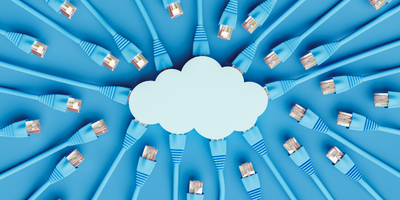What you need to know about Monitoring and Maintenance:
Network monitoring continues to be crucial for businesses in order to be productive and avoid serious threats from network failures and server downtime.
What is monitoring?
Monitoring is the practice of routinely monitoring all the components within an organization’s network to track, measure, and troubleshoot performance issues, failures, or deficiencies.
The advantage of automated monitoring software is that it speeds up the very time-consuming areas of network monitoring. These tools help uncover what might be overlooked with manual network monitoring.
Why monitor your network?
- To optimize network performance
- Eliminate the need for manual checks
- Take a proactive approach to staying on top of any potential issues.
- Diagnose issues
- Report issues
Some of the most common performance issues include:
- Poor network visibility: If you do not have the right monitoring abilities, your system can malfunction for hours before you are aware of what’s happening.
- New additions to your system: If new devices are not installed and configure correctly, this can cause complications.
- Reactive monitoring: To keep your network running well, you need to anticipate issues and be proactive.
How should I monitor?
When establishing your monitoring practices, you need to consider which reports you use as measurements. These are some common ones:
- Bandwidth usage: The maximum rate your system can transmit data. If you reach critical levels of bandwidth usage, your system will be overloaded and impaired.
- Connectivity: You need to monitor this metric to identify issues such as a broken connection or malware.
- Availability: If your system routinely experiences downtime, or periods when your network is not available, your productivity and profits can be impacted.
- Packet loss: This metric measures how many data packets are “dropped” during your network’s data transmissions. The more data packets lost, the longer it takes to fulfill data requests. Monitoring this metric allows your IT professionals to improve your network’s processing speed.
Failure to monitor your network will cost you lost time and profits. Your IT Alliance member will establish a comprehensive monitoring program to meet the many challenges that your system faces. At a minimum, your monitoring program should employ the following steps:
· Install Sophisticated Monitoring Tools
· Monitor Incoming Traffic
· Universal Remote Device Monitoring
· Real-time Network Performance Monitoring
· Track Video and Voice Performance
· Automation
In Summary:
There are many involved reports that can be automatically generated by the monitoring software. The good thing about having all of this done automatically by your IT Alliance member is that anything outside of the parameters of normal will (mostly) be flagged immediately, and automatically fixed.
Failure to monitor in this modern way of working with remote users now becoming an everyday occurrence could cost your company in downtime as well as many other issues.
To discuss your monitoring needs please feel free to reach out to us here.










